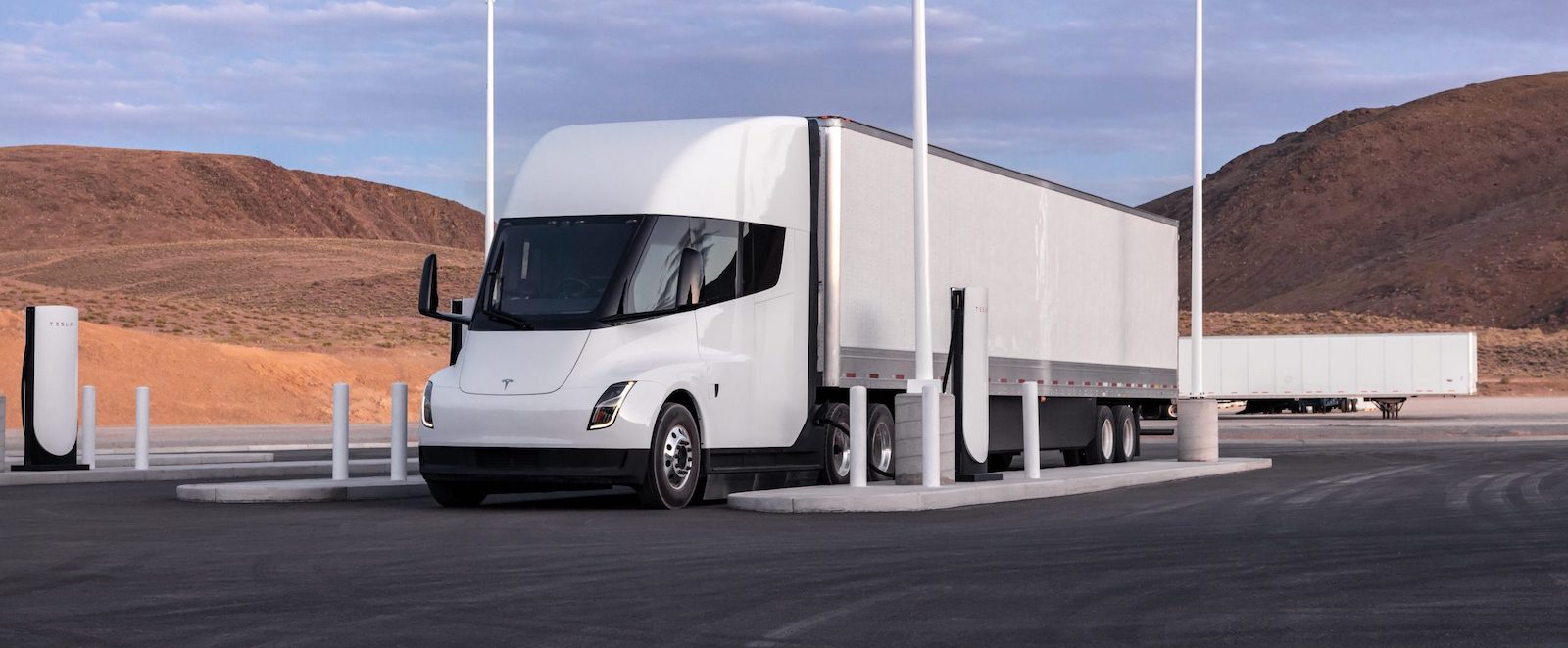- The first Tesla Semi trucks will be delivered on December 1 to Pepsi
- The Semis have a range of 500 miles and a 40-ton load capacity
- One concern: Is the power grid able to cater to this massive uptake of EV cars and trucks?
Tesla has been in the news a lot recently, partly because of CEO Elon Musk’s controversial Twitter takeover, partly due to the success of the Model 3 and Model Y, partly because of news on the Cybertruck’s future, and partly due to an announcement that the Semi would go on sale soon and supply Pepsi with its first batch of fully electric long-haul trucks.
Well, now we have a date. On December 1, Tesla will deliver the first of its electric Semi trucks — capable of hauling a large 40 ton-load over 500 miles on a single charge. In fact, Tesla plans to hold an event on the 1st for the first Semi deliveries and celebrate the launch of its Class 8 electric truck in production specification. When you consider that the Semi was unveiled in late 2017, and has suffered several delays in production, it’s a huge relief for Tesla, and Pepsi to finally see the truck ready to enter the marketplace.
We know about the December 1 launch as Tesla revealed the date on Twitter recently and will provide its retail shareholders with new perks, including invitations to events, like the launch, and other exclusive features.
Tesla often stages presentations about new vehicle programs during delivery events, and the one planned for December 1 will be no different. After all, updates on the Tesla Semi are overdue, even though the firm revealed selected information during its Q3 earnings call last month. That’s when Tesla announced the truck’s 500-mile range when fully loaded as well as its 50,000 production target for 2024.
Can the power grid cope?
But questions remain. These huge moving battery packs on wheels may hasten the transition to electrified transport, but those responsible for delivering the electricity to recharge these mammoth trucks are starting to ask whether we are really ready. If we listen to a new study from utility company National Grid Plc which focused on highway charging requirements, then there is cause for concern.
The study suggests that by 2030, electrifying a standard highway gas station will require as much power as a sports stadium, and that would basically cover just standard EVs. As more large electric trucks arrive on the roads, the projected power requirements for a full-sized truck stop by 2035 would equal that of a small town.
Even the experts who prepared the study were surprised by how quickly highway power demands will develop and change. For the record, a connection to the grid that can cater to more than 5 megawatts takes more than seven years to build and costs tens of millions of dollars.
If quick charging advancements and power upgrades don’t start soon, the transition to EVs let alone electric trucks will quickly be constrained by a grid unprepared for the demand.
OUR THOUGHTS
Oops, here are some uncomfortable truths. Yes, guys, it’s okay to send a torrent of electric vehicles and Semi trucks onto the market, but we need to first ensure that we can produce enough electricity to supply all of these EVs. And from what we see here, we will be left short, unless some major changes are imposed and quickly. The above sentence—the projected power requirements for a full-sized truck stop by 2035 would equal that of a small town—should scare the hell out of EV grid planners and EV manufacturers. We need to start making investments now.
